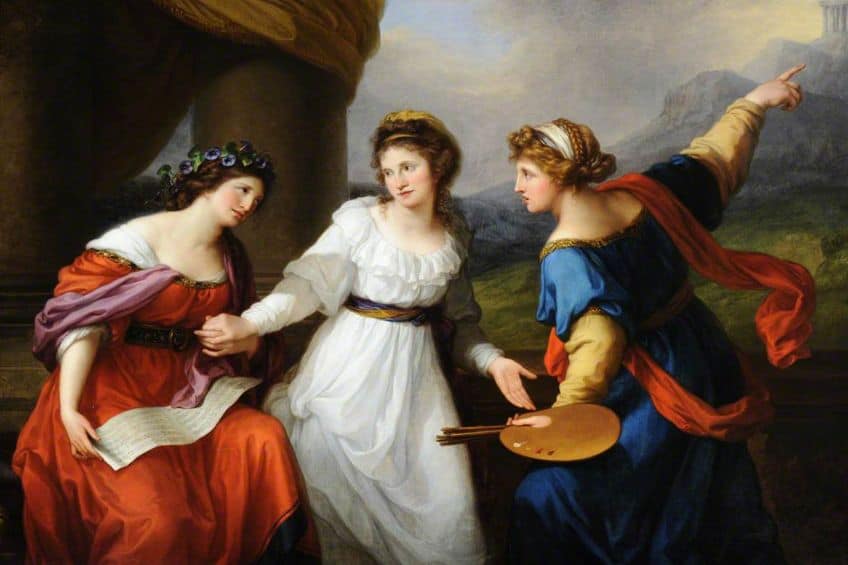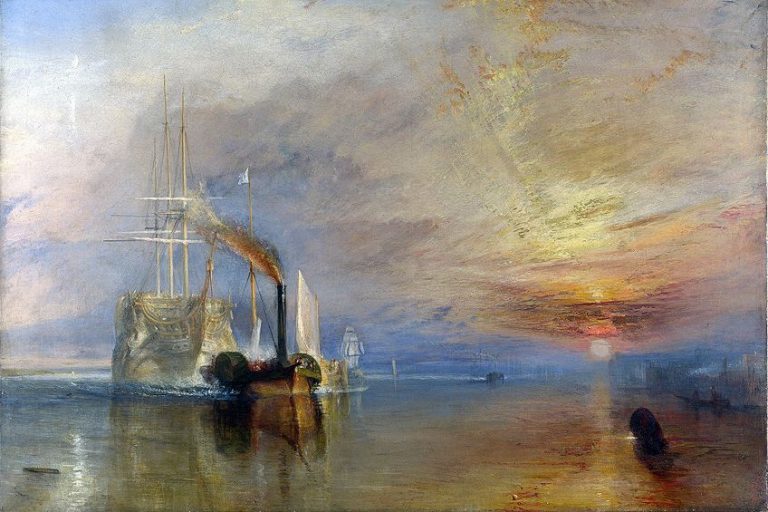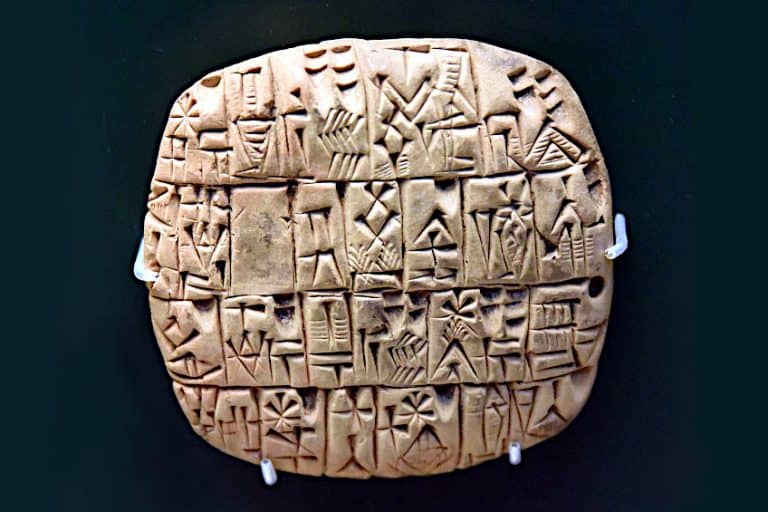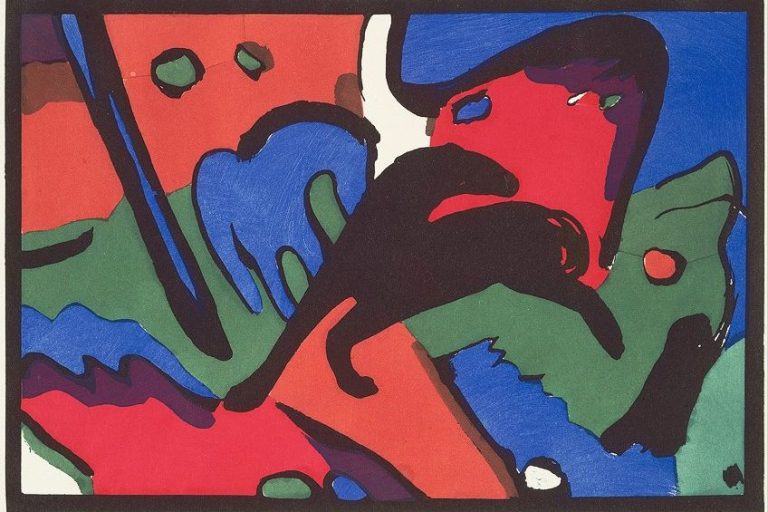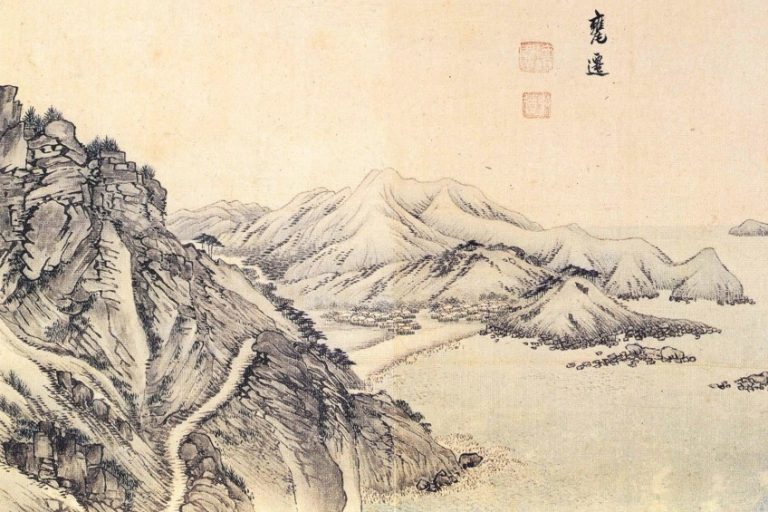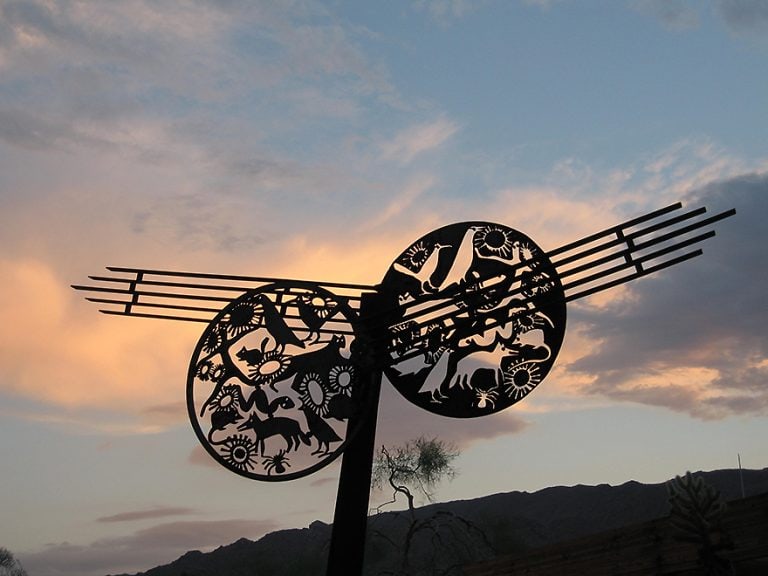Identity Art – Expressing Personal Authenticity Through Creativity
For centuries, creatives have used art as a tool for self-historicization and self-discovery that sheds light on the subjective experiences of individuals from diverse backgrounds in a way that communicates universal or specific cultural shared experiences. Seeking one’s true identity or finding a methodology to unpack one’s complete identity requires the artist to self-reflect, research, and create knowledge and versions of themselves through art that might seem self-serving at first, but inherently provides insight into the vast identities and human experiences shaped by the societies that we live in. In this article, we will delve into the history and definition of identity art, and even look at a few examples of identity artists who explore related themes in their professional practice. Keep reading to discover the different ways that identity has been explored in art!
Exploring Identity Through Art Practice
You must have come across an artist who uses themes of identity or identity politics in art. After all, how can one produce an artwork that does not reflect an aspect of one’s identity in any way, shape, or form? Art is a powerful tool that can be used to provide new perspectives about the human condition, with themes like identity and self-discovery being part of the human experience, which is prevalent in art history. Identity has been a consistent topic of interest for creatives since life often presents us with twists and turns that beg for us to self-reflect on the histories that influence, shape, and change us.
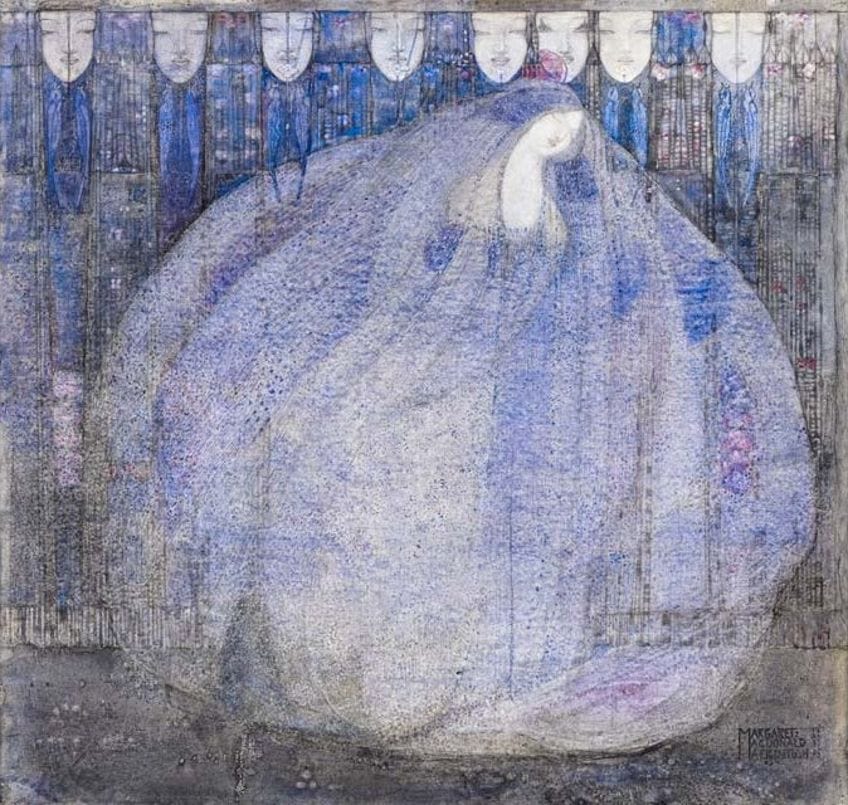
Defining Identity Art
Identity refers to who you are and sometimes encompasses an exploration of uncovering what aspects of the past have shaped your present state of existence. The beautiful part about identity is that it can be melded, broken apart, transformed, and exists as a continuous arrangement of internal and external stimuli that is always in a state of flux, and even resistance. While we cannot place a complete definition on identity, it boils down to who we think we are in the world and what informs our perception of such a conception.
In many ways, identity art is a creative form of actively philosophizing ourselves in the present, to record the versions of ourselves that emerge from the influences and desires of others and us.
Societally, identity is defined by perhaps the name and nationality on our identity or social security cards. Identity is often tied to a broadly recognized physical document and a form of proof or evidence of our existence that seeks validation from the world. Identity is often connected to what we can see, touch, and feel that communicates the unique or relatable parts of ourselves to each other. Fundamentally, identity is also tied to our species as humans, who seek additional forms of individuality for affirmation that our existence matters, such that we can be “identified”.
Identity Politics in Art
In art, the term “identity politics” appeared most prominently in the 1970s and 1980s American art scene and referred to art that addressed topics related to identity and what identity is societally understood as. These included topics of gender, race, and sexuality, which are all crucial aspects of each person’s individuality and identity. However, the term itself was also criticized for being essentialist toward the artist and was seen as a reductive term that tokenized artists as falling under one particular “identity”. An important discussion within the discourse of identity art is its complexity as a social construct and something that has been historically linked to artworks that reflect the experience of hetero-normative, white male gaze-centered expectations within the art world.
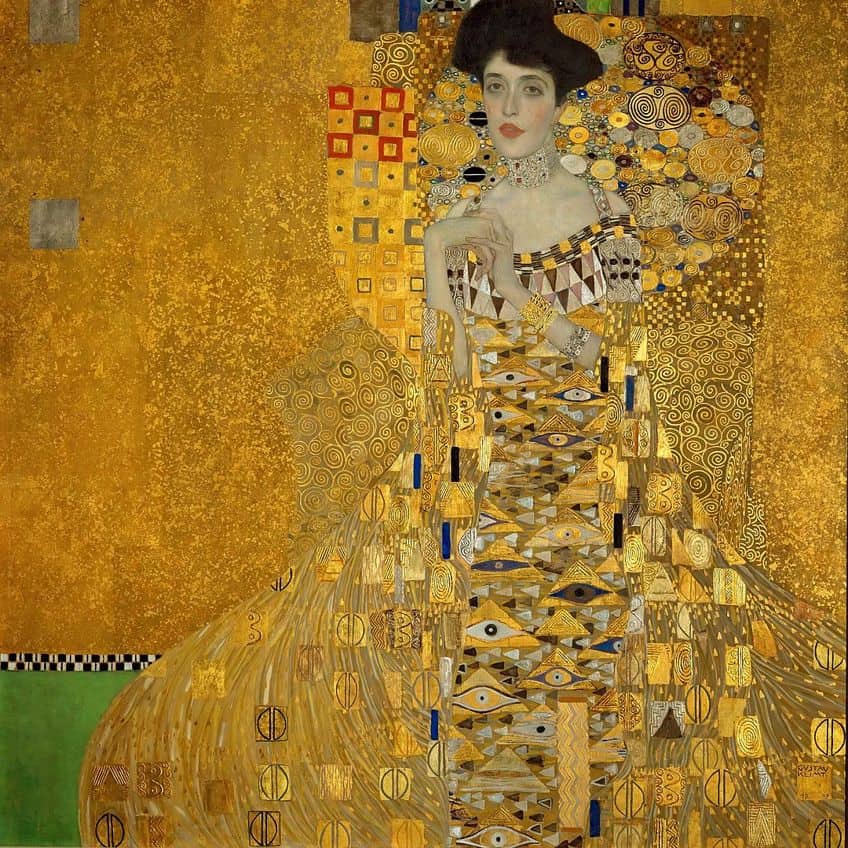
Another key development in identity art is the decolonization of how artworks produced by historically marginalized groups of artists are treated across galleries and museum spaces, and the importance attributed to identity art. Identity politics in this context refers to a means of cultural production that mirrors and pre-figures crucial conversation in art spaces. The term “identity politics” has been traced back to the 20th century and describes the politics that revolve around identity, encompassing race, social background, religion, nationality, and other social phenomena that shape identity such as migration, nationalist agendas, or the exclusion of a group of people for example. A few prominent figures who discussed identity politics include the renowned Afro-Caribbean philosopher Franz Fanon and the British writer Mary Wollstonecraft.
Identity in art can thus encompass critical reflections on systems of oppression from the past and the current era, which largely impacts the development of identities, collective or individual, of a particular group of people or culture.
Examples of Identity in Art: Famous Identity Artists
One can easily find many examples of artists and writers incorporating identity and identity politics into their practice, whether the subjects revolve around historical exclusion, occupation, colonialism, the slave trade, or the impact of war. This can also include artists who hail from backgrounds where their culture has been exploited or disproportionately affected due to political actions by governments and disputes over geographic location. This brings us to the well-known statement that “the personal is political” to suggest that the identities of artists mirror the circumstances of their existence and offer insight into the broader socio-political state of the cumulative factors that shape their identity and worldview. Below, we will introduce you to a few identity artists who have shaped the genre of identity art by drawing attention to various important issues.
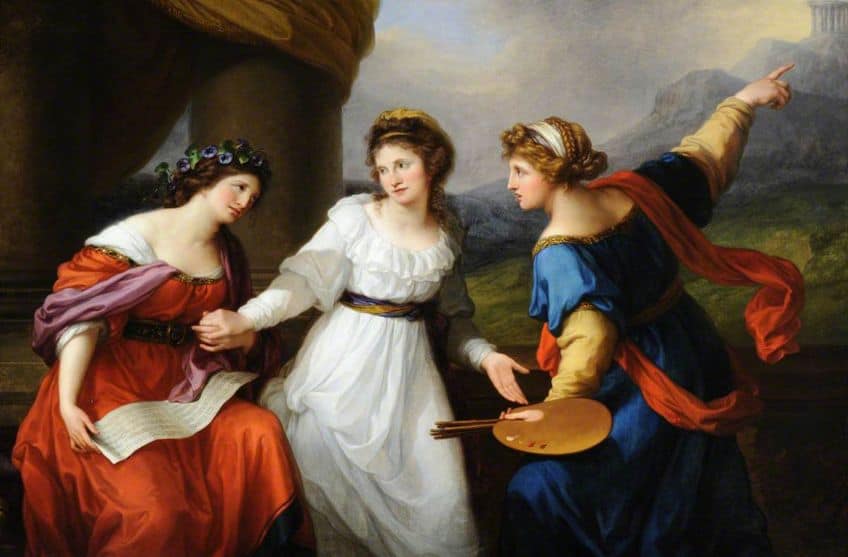
Self-Portrait with Cropped Hair (1940) by Frida Kahlo
| Artist Name | Frida Kahlo (1907 – 1954) |
| Date | 1940 |
| Medium | Oil on canvas |
| Dimensions (cm) | 40 x 27.9 |
| Where It Is Housed | Museum of Modern Art, New York City, United States |
Frida Kahlo is an artist who you might remember by her colorful and symbolic self-portraits that explore not only her identity through her experiences with pain, love, and Mexican culture but also her physical body and appearance. Kahlo’s paintings such as Self-Portrait with Cropped Hair feature the artist dressed in an oversized suit with a short hairstyle and pieces of her hair scattered all around the floor. The most striking part about the work is her outward gaze which penetrates the viewer’s own eyes and is as sharp as the scissors in her lap.
Kahlo alters her appearance to take on a more traditionally and societally masculine appearance, which is believed to be a reference to her alter ego, possible bisexuality, or perhaps a personal statement on beauty ideals.
The text at the top of the composition was taken from a Mexican song and states “Look, if I loved you, it was because of your hair. Now that you are without hair, I don’t love you anymore”. Kahlo’s representation of herself is a symbol of her autonomy that followed her divorce from Diego Rivera in 1939. Kahlo’s confrontation with the viewer is a reminder of the violence of separation on an emotional level that has the power to transform one’s physical identity and sense of self. Her personal liberation speaks of strength in the face of pain and even isolation since Kahlo once stated that she painted self-portraits due to her being alone quite often.
Dinner Party (1974 – 1979) by Judy Chicago
| Artist Name | Judy Chicago (1939 – Present) |
| Date | 1974 – 1979 |
| Medium | Ceramic, textile, and porcelain installation |
| Dimensions (cm) | 1463 x 1463 |
| Where It Is Housed | Brooklyn Museum, New York City, United States |
Seating 39 individuals, this famous installation by feminist artist Judy Chicago is a classic example of identity art that attempted to revise art history in terms of its representation of women in art, specifically representing some of the world’s most important women. This is one such example where identity, which is tied to gender, has been linked to the success and recognition of women in the art world. While Chicago’s work is recognized as Feminist art, her installation is also regarded as a form of identity art that engages with the politics of representation and exclusion of women.
The Dinner Party set up is also reminiscent of Da Vinci’s Last Supper, which is biblically and largely patriarchal, however, her installation honors the contributions of 999 women, whose names are inscribed on the floor of the installation, on 2,304 triangular tiles.
The installation took Chicago and her team of artists and volunteers around five years to complete and was first displayed in 1979. Today, the piece can be viewed at the Elizabeth A. Sackler Center for Feminist Art in New York’s Brooklyn Museum. Chicago uses her art practice through the mediums of installation, embroidery, and ceramic art to explore women’s history. In the early 1970s, Chicago explored abstract iconographies to unpack her experiences as a woman, which led to her becoming a leading figure in the feminist movement.
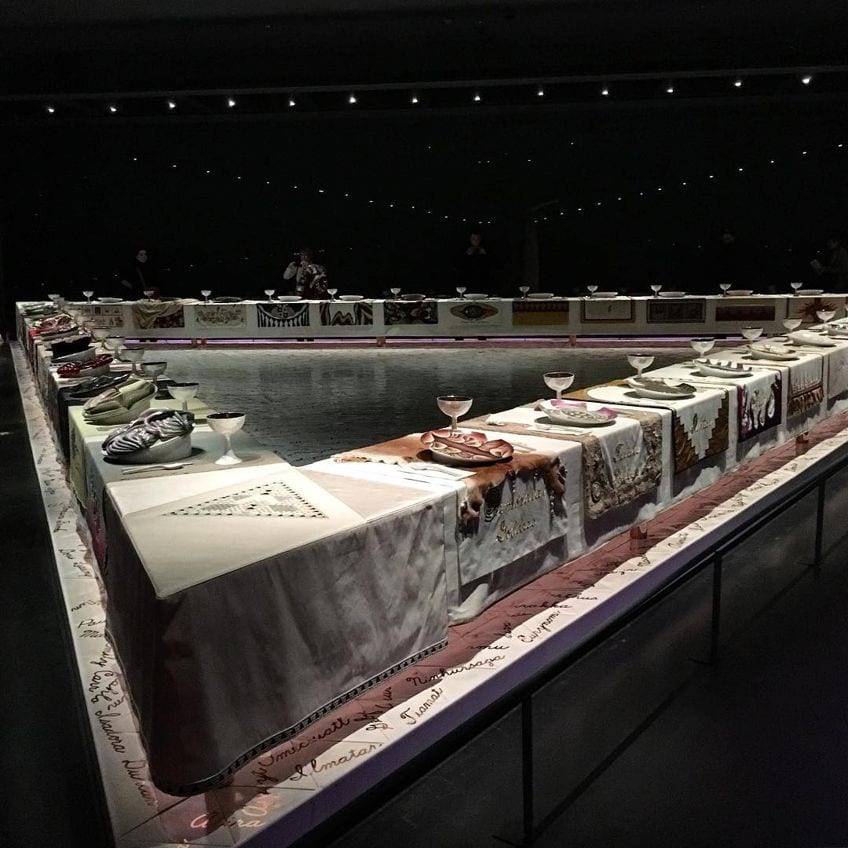
Self-Portrait (1977) by Samuel Fosso
| Artist Name | Samuel Fosso (1962 – Present) |
| Date | 1977 |
| Medium | Gelatin silver print |
| Dimensions (cm) | 46.7 x 46.7 |
| Where It Is Housed | International Center of Photography, New York City, United States |
Renowned Cameroonian photographer Samuel Fosso approaches the topic of identity in his photography practice through self-portraiture, as he dons different personas and looks. After fleeing from the hardships inflicted on his people during the Biafran War in 1967, Fosso became a refugee in Bangui at the age of 13, where he managed to open his own photography studio. His first experiments with photography were self-portraiture since he sent photos of himself to his grandmother in Nigeria. Fosso’s self-portraits imitated aspects of West African pop culture, from music to fashion as the young artist adopted multiple looks and characters in his project. His work also tackles self-representation, sexuality, and gender as one also spots his studio lights and performative elements in his 1977 Self-portrait, which is housed at the International Center of Photography in New York.
Fosso’s experimentation with different personas draws attention to the playful and perhaps performative ways that one can go about exploring one’s identity.
As an art practice, this adoption of culture reflects the popular tropes in fashion and music that play huge roles in shaping the identities of many people. The act of photographing and documenting these characters also speaks to the immortalization of identity, reminiscent of traditional portraiture, and the function of portraiture in helping people recognize themselves and others. Images thus communicate personal and perceived identities. Other famous artists who created identity artworks around the same time as Fosso include Cindy Sherman, Rosa Rolanda, George Passmore, and Gilbert Prousch among many more famous artists who work with identity as their medium.
Unveiling (Women of Allah series) (1993) by Shirin Neshat
| Artist Name | Shirin Neshat (1957 – Present) |
| Date | 1993 |
| Medium | Gelatin silver print and ink |
| Dimensions (cm) | 151.8 x 101 |
| Where It Is Housed | Whitney Museum of American Art, New York City, United States |
Touching on subjects such as femininity drawing from her own experience and the shared experiences of Islamic women in Iran, Shirin Neshat is among the most famous contemporary artists whose use of photography captures the identity politics of women in connection to Islamic fundamentalism and Iranian militancy. Her work Unveiling was part of her series titled Women of Allah, which explores the complex politics of Islamic women through sculpture, photography, and film.
Her works also use texts by Furugh Farrukzad, whose expression of female sensuality is known to be the most “radical”.
In a society where most Islamic women face stereotypically informed experiences from the Western gaze, Neshat exposes the critical notion of the veil that poses new questions about the identities of Islamic women, caught between politics and the culture of Islamic tradition that is often stereotyped as repressed. Neshat’s exploration of identity thus speaks to a wide audience of cultural and traditional belonging that shares such experiences of trying to navigate identity and femininity within Islamic culture, religion, and geographic law. While not all countries follow set laws for women to wear their veils and adhere to Islamic customs, many other countries face similar complex questions around the choices that women have to express their femininity and understanding that women in certain societies do maintain their choice to express their femininity in different ways, through the veil and the body.
One Big Self: Prisoners of Louisiana (1998 – 2002) by Deborah Luster
| Artist Name | Deborah Luster (1951 – Present) |
| Date | 1998 – 2002 |
| Medium | 249 gelatin silver prints on aluminum presented on a steel cabinet with a lamp |
| Dimensions (cm) | Unavailable |
| Where It Is Housed | The National Gallery of Art, Washington D.C., United States |
One Big Self: Prisoners of Louisiana is a powerful identity artwork featuring the portraits of inmates from several prisons across Louisiana, as well as images of those in the maximum-security penitentiary at Angola. How is this exploration of identity significant? Created by Deborah Luster in 1998, the project was born from the artist’s experience with losing her mother after she was murdered and the case remained unsolved. As a result, the artist threw herself into examining the impact of crime and violence on society and families, which speaks to larger societal issues across the world since violence manifests in different forms. Luster started her portrait project in Louisiana and Angola, where many people were serving a life sentence.
Luster captured the portraits of those who were faced with little to no choice of being imprisoned in a dehumanizing environment and system, such that their images were the only tokens of personalization.
Many inmates lined up to get their picture taken and some even performed for the artist. Luster photographed 249 inmates and printed the images on aluminum plates to evoke the visuals of the 19th-century tintype images. Luster’s installation included a black metal cabinet, which functioned as a space for her archive. This archive is now symbolic of the lives that get put on hold within the systems that intend to punish violence and quietly reminds one of the homely items such as the cabinet, which acknowledges the families who are left behind due to crime. Luster’s identity art stems from a very brutal, personal, and psychologically tense place, which makes her project one that must have seemed almost daunting to someone who lost a mother to a violent crime. One can quickly identify the significance of artists partaking in sharing their personal histories since many of the influences that shape our lives can also resonate with the identity politics of others.
Napoleon Leading the Army Over the Alps (2005) by Kehinde Wiley
| Artist Name | Kehinde Wiley (1977 – Present) |
| Date | 2005 |
| Medium | Oil on canvas |
| Dimensions (cm) | 261 x 221 |
| Where It Is Housed | Château de Malmaison, Rueil-Malmaison, France |
American contemporary painter Kehinde Wiley is among the most famous artists of our time working with identity through references to traditional paintings and art history. Wiley plays with the heroic rhetoric often depicted in art history through the lens of the white Western gaze, however, his paintings insert people of color in such portraits to provide a re-oriented version of history that sparks conversations on the lack of representation of Black people in art history and its impact on Black identities. In 2018, the artist became the first African-American artist to paint an official presidential portrait in the United States. The portrait depicted former president Barack Obama and was created for the Smithsonian National Portrait Gallery. Wiley then established the Black Rock Senegal artist-in-residence program, which engaged with global artists and invited them to produce works in Dakar, Senegal. Wiley’s works are collected by many and are housed in over 50 museums across the world.
In identity artworks like Napoleon Leading the Army Over the Alps, Wiley asks viewers to confront the art history canon and understand our role in enabling and disabling previous systems of exclusion and underrepresentation.
Through appropriation, Wiley strategically inserts key differences across the historical portrait of Napoleon Bonaparte and replaces his image with the figure of an African-American man whom he approached on the street while finding a model. The painting is also a subversion of the original 1801 painting by Jacques-Louis David, which was originally commissioned by King Charles IV of Spain to commemorate the victory against the Austrians. A few symbolic details one might spot in Wiley’s painting are the gold-encased sword and the royal blue coat, paired with modern attire such as Timberland work boots and the bandana, which is a reference to militarism. Through tiny details in the background such as the mini paintings of sperm, Wiley also draws attention to the very gendered traditions of portraiture in the West and its promotion of hypermasculinity. This also brings up critical questions about the impact of Western art history and its preferences, which ultimately shaped and influenced the identities of many non-Western nations.
Numerous artists across the globe are working with multiple aspects of identity, human nature, and identity politics in innovative and conceptually profound ways. From culture to race and larger societal systems of oppression, war, and personal struggles, artists always manage to capture the complexities of identity. It is also important to celebrate identity and simultaneously recognize the structures that impact the evolution of ourselves, whether that be politically, socially, or behaviorally.
Frequently Asked Questions
What Is Identity Art?
It is crucial to understand that since identity is not fixed to a particular style or look, the definition of identity art is therefore not set to a specific set of characteristics. However, identity art prioritizes the artist’s own self-exploration through a variety of themes and topics about the human condition, race, sexuality, gender, and identity politics. These can expand into critical themes revolving around world history and the historic displacement of various cultures and groups of people. Identity art emerges from the subjective experience and can offer insight into the artist’s heritage, worldview, and social identity.
Which Three Famous Artists Address Identity Politics in Art?
Among the numerous famous artists who create identity artworks, the three most famous figures include Adrian Piper (1948 – Present), Coco Fusco (1960 – Present), and Kehinde Wiley (1970 – Present).
Why Is Identity Art Significant?
There are many reasons as to why identity art is important. It offers viewers insight into the personal histories of artists and the factors in their lived realities that influence the development of identity. A major feature of identity art is identity politics since it promotes reflection on the systemic and historical imbalances of the past in terms of representing disadvantaged and marginalized groups of people. Identity art is complex and unique to each artist’s experience, however, when engaged in broader socio-political issues, it can resonate with a wider audience. Themes such as nationality, race, sexuality, gender, political views, living habits, fashion, heritage, and stereotypes all contribute to identity art.
Jordan Anthony is a film photographer, curator, and arts writer based in Cape Town, South Africa. Anthony schooled in Durban and graduated from the University of the Witwatersrand, Johannesburg, with a Bachelor of Art in Fine Arts. During her studies, she explored additional electives in archaeology and psychology, while focusing on themes such as healing, identity, dreams, and intuitive creation in her Contemporary art practice. She has since worked and collaborated with various professionals in the local art industry, including the KZNSA Gallery in Durban (with Strauss & Co.), Turbine Art Fair (via overheard in the gallery), and the Wits Art Museum.
Anthony’s interests include subjects and themes related to philosophy, memory, and esotericism. Her personal photography archive traces her exploration of film through abstract manipulations of color, portraiture, candid photography, and urban landscapes. Her favorite art movements include Surrealism and Fluxus, as well as art produced by ancient civilizations. Anthony’s earliest encounters with art began in childhood with a book on Salvador Dalí and imagery from old recipe books, medical books, and religious literature. She also enjoys the allure of found objects, brown noise, and constellations.
Learn more about Jordan Anthony and the Art in Context Team.
Cite this Article
Jordan, Anthony, “Identity Art – Expressing Personal Authenticity Through Creativity.” Art in Context. January 9, 2024. URL: https://artincontext.org/identity-art/
Anthony, J. (2024, 9 January). Identity Art – Expressing Personal Authenticity Through Creativity. Art in Context. https://artincontext.org/identity-art/
Anthony, Jordan. “Identity Art – Expressing Personal Authenticity Through Creativity.” Art in Context, January 9, 2024. https://artincontext.org/identity-art/.


